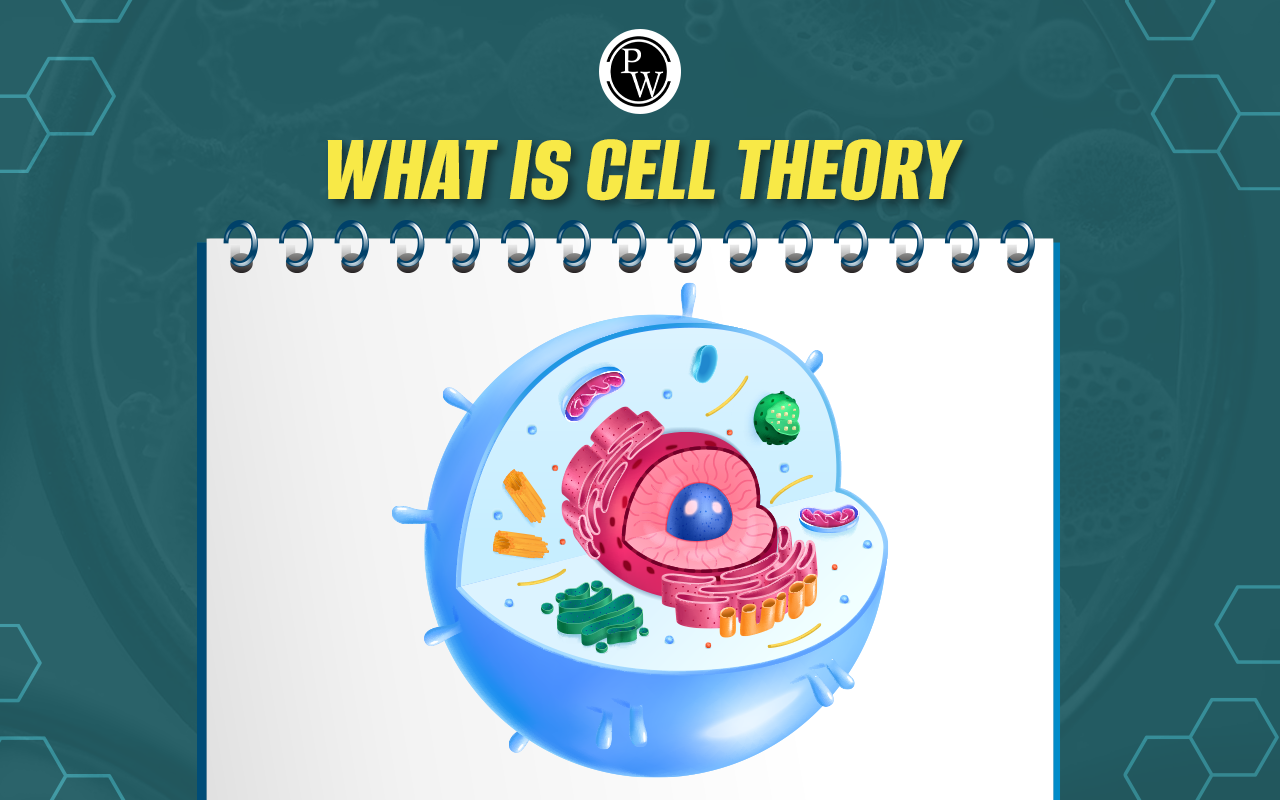
Difference Between Atomic Mass and Atomic Number : Have you ever wondered why different elements have different weights and characteristics? The answer lies in two important concepts in chemistry - atomic mass and atomic number. These two quantities are related, but not the same, as different isotopes of the same element can have different atomic masses but the same atomic number.
In this article, we will explore the difference between atomic mass and atomic number, and how they are used in the NEET syllabus for Physics and Chemistry.
Difference Between Atomic Mass and Atomic Number
The atomic number is the number of protons in the nucleus of an atom. It determines the identity and the chemical properties of an element. For example, hydrogen has an atomic number of 1, helium has an atomic number of 2, and carbon has an atomic number of 6. Atomic mass is the sum of the masses of protons and neutrons in the nucleus of an atom. It measures the weight of an atom in atomic mass units (AMU). For example, hydrogen has an atomic mass of 1.0079 amu, helium has an atomic mass of 4.0026 amu, and carbon has an atomic mass of 12.011 amu.
Difference Between Atomic Mass and Atomic Number Overview
The NEET Syllabus covers topics from classes 11 and 12 of the CBSE and other state boards and is revised by the National Medical Commission (NMC) and the National Testing Agency (NTA) to reflect the latest requirements of the medical profession. Understanding the difference between atomic mass and atomic number is essential for NEET aspirants, as it helps them to solve problems related to the structure and properties of atoms, molecules, and compounds.
| Difference Between Atomic Mass and Atomic Number | ||
|---|---|---|
| Parameter | Atomic Mass | Atomic Number |
| Definition | The total mass of an atom, including protons and neutrons. | The number of protons in the nucleus of an atom. |
| Symbol | Usually represented by "A." | Represented by "Z." |
| Unit | Unified Atomic Mass Unit (u) or atomic mass unit (AMU). | Dimensionless (no unit). |
| Composition | Includes protons and neutrons in the nucleus. | Only counts the number of protons in the nucleus. |
| Relationship | Atomic mass = Protons + Neutrons | No direct relationship with the mass of an atom. |
| Variation in Isotopes | Different isotopes of an element have different atomic masses. | The same element always has the same atomic number. |
| Mass Defect | Reflects the difference between the mass of an atom and the sum of its protons and neutrons. | Not applicable to atomic numbers. |
| Measurement | Determined through techniques like mass spectrometry. | Determined through experimental techniques, such as X-ray crystallography or spectroscopy. |
| Importance in Periodic Table | Used to calculate the average atomic mass of an element based on its isotopic abundance. | Determines the position of an element in the periodic table. |
| Examples | Carbon-12 has an atomic mass of 12 u. | Carbon-12 has an atomic number of 6 (Z=6). |
What is an Atomic Number?
The atomic number is the number of protons in the nucleus of an atom. It is represented by the letter Z and determines the identity and the chemical properties of an element. For example, hydrogen has an atomic number of 1, which means it has one proton in its nucleus. Helium has an atomic number of 2, which means it has two protons in its nucleus. 
What is an Atomic mass?
Atomic mass is the sum of the masses of protons and neutrons in the nucleus of an atom. It is represented by the letter A and measures the weight of an atom in atomic mass units (amu). For example, hydrogen has an atomic mass of 1.0079 amu, which means the mass of one proton and zero neutrons in its nucleus. Helium has an atomic mass of 4.0026 amu, which means the mass of two protons and two neutrons in its nucleus. If you are looking for the best NEET online coaching in India? then you should join PW NEET online coaching , the most affordable and comprehensive program for NEET aspirants. With PW NEET Online Coaching, you will get access to live lectures, study materials, mock tests, and doubt-solving sessions from the best faculty in the country. You will also get to learn from the renowned Physics Wallah, who has helped millions of students achieve their dreams. Don’t miss this opportunity to prepare for NEET with PW NEET Online Coaching. Enroll now and get ready to crack NEET with confidence.Difference Between Atomic Mass and Atomic Number FAQs
What is the relationship between atomic number and atomic mass?
What is different mass and same atomic number?
What is atomic number and mass number explain with example?
What is an atom atomic mass and atomic number Class 9?
What are atomic masses and atomic numbers of elements?










